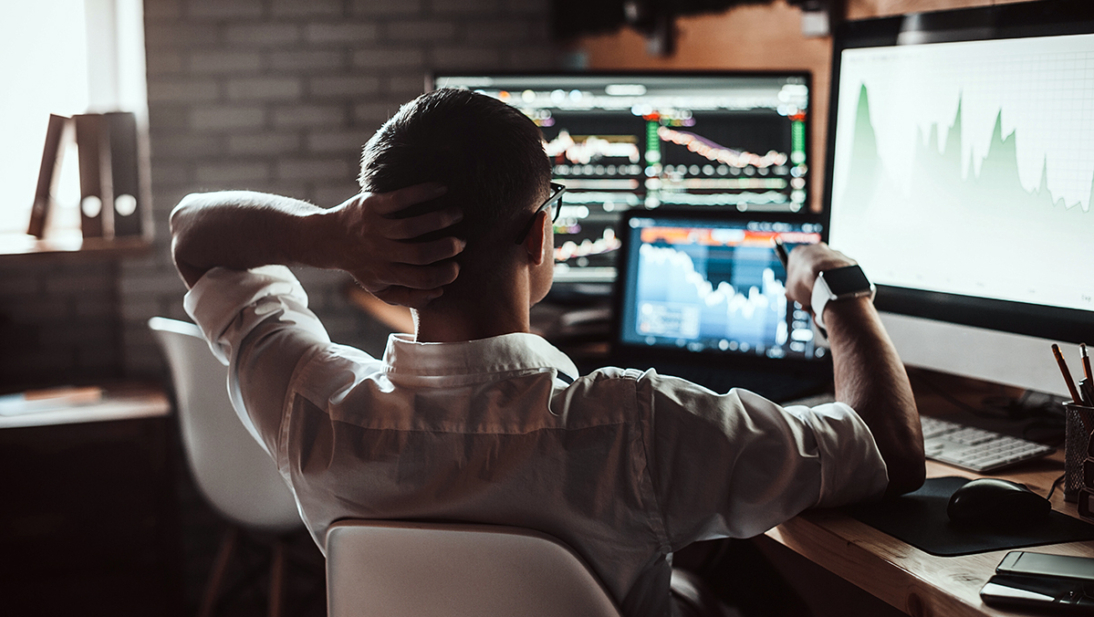After what felt like "staring into the depths of an abyss" for many investors early in 2020, the subsequent rebound in the latter half of the year introduced some hope. That sentiment has continued to grow in 2021, with an efficient vaccine rollout and steady reopening of businesses across the US.
Sid Vaidya, TD Senior Vice President & US Wealth Chief Investment Strategist, says that he's hopeful about the economic outlook for the U.S. moving forward in 2021 and pointed out a few key factors for investors to keep an eye on.
As always, this information is important and foundational, but should never replace personalized advice from your own financial advisor before changing your investments or altering any retirement portfolios.
With that said, the trend he's seen early on this year is that coupled with inflation, 2021 has been very good for equities, but not so much for fixed income.
In general, a fixed income investment (or bond) represents a loan an investor makes to a borrower (typically governments or corporations) in exchange for periodic interest payments until a pre-determined maturity date at which time the initial investment is returned to the investor. Equities refer to investments in a company that result in ownership of shares in that company and are typically traded on a stock exchange.
Diversification is key
Sid notes that the firm's current outlook sees the prospects for equities as more favorable than for fixed income. As always, maintaining appropriate diversification across asset classes, regions, and investment styles is important for long-term investing success.
Within equities, Sid recommends a mix of international, domestic, and emerging market investments.
Let's dive deeper into what he means, especially concerning international investments.
You can't set it and forget it
"The thing to consider about investing in international markets is that they are diverse in nature and require expertise about the markets you're investing in. Active managers have the ability to take a selective approach when making investment decisions and will attempt to distinguish amongst the winners and the losers to find the best opportunities" Sid says.
Every country and economy are different; and each one has experienced different levels of policy support, as well as varying degrees of success with regards to the rollout of the COVID-19 vaccine. Some countries have handled this better than others.
Look at Fiscal Policies in other countries
The United States has already produced two significant stimulus packages, something that has helped to boost the economy, Sid explains.
Since the pandemic began, many Americans were given $1,200 and more recently, $1,400 stimulus payments.
"Other countries may not have had the resources to provide this kind of support. This is a factor that active managers will consider when making investment decisions" Sid explains.
These stimulus funds are exactly what their name says they are. They are supposed to infuse the economy and its members with funds to spend on themselves and their families for essentials, while helping to "stimulate" small and large businesses alike.
Be exposed to both growth and value investments
Sid also recommends balanced exposure to both value and growth style equities. With the economy opening again, value style equities, which typically include more cyclical sectors such as energy, financials and industrials, have benefitted from a path back to normalization and are expected to continue do so.
Longer-term trends, such as a more digital world, point toward the benefits of maintaining exposure to growth style equities which are often positioned to take advantage of these trends.
At a minimum, investing in a diversified indexlike the S&P 500, can provide exposure to a portfolio of equities with both value and growth characteristics.
Ignore the noise
Staying focused on the long-term plan you've developed with your advisor can help you avoid investment mistakes driven by emotions.
"Ignore the short-term headlines or noise, as I like to call it," Sid says. "You are investing for the next 10, 20 or even 30 years of your life."
The best thing you can do for your portfolio is stay invested - even through rocky times - to achieve those long-term goals and watch your portfolio grow over time.
